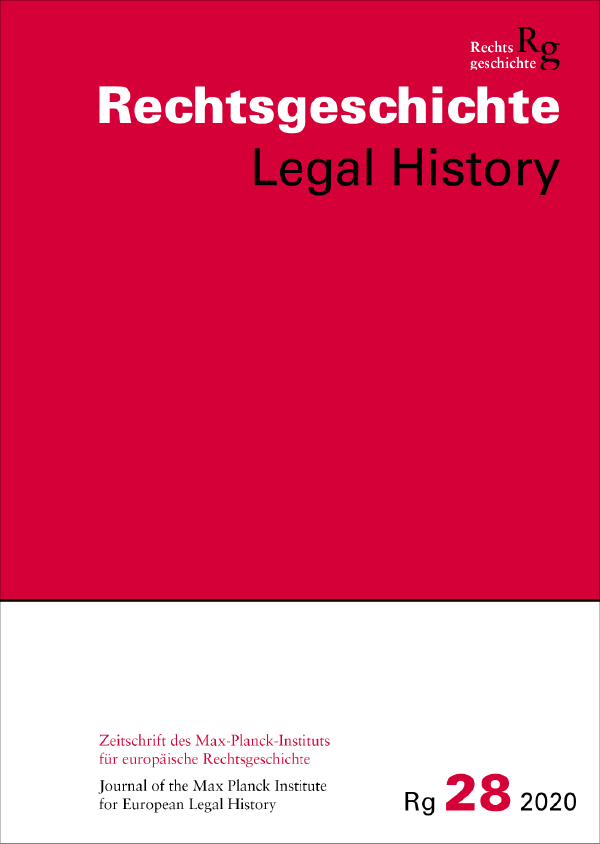Die Peelsche Bankakte und die Stabilität der Finanzmärkte in England, 1844–1890
DOI:
https://doi.org/10.12946/rg28/183-198Schlagworte:
Bank Charter Act of 1844, Bank of England, lender of last resort, Walter BagehotAbstract
This article examines the evolution of central banking in England during the 19th century. Although the Bank of England was, during the period examined in this contribution, a privatelyowned and privileged company, its money market operations (at least from 1873 onward) are always interpreted as the gradual adaption of the duties of a modern central bank, including the role as the »bankers’ bank«. The fact that it was also in competition with discount houses and commercial banks on the money market is, however, largely neglected. Contrary to conventional wisdom, this article analyses the Bank of England operations under the rationale of a utility-maximising institution which had to hide that its principal business objective was a high and stable dividend.
Downloads
Veröffentlicht
Zitationsvorschlag
Ausgabe
Rubrik
Lizenz
Copyright (c) 2020 Autor/in

Dieses Werk steht unter der Lizenz Creative Commons Namensnennung 4.0 International.





